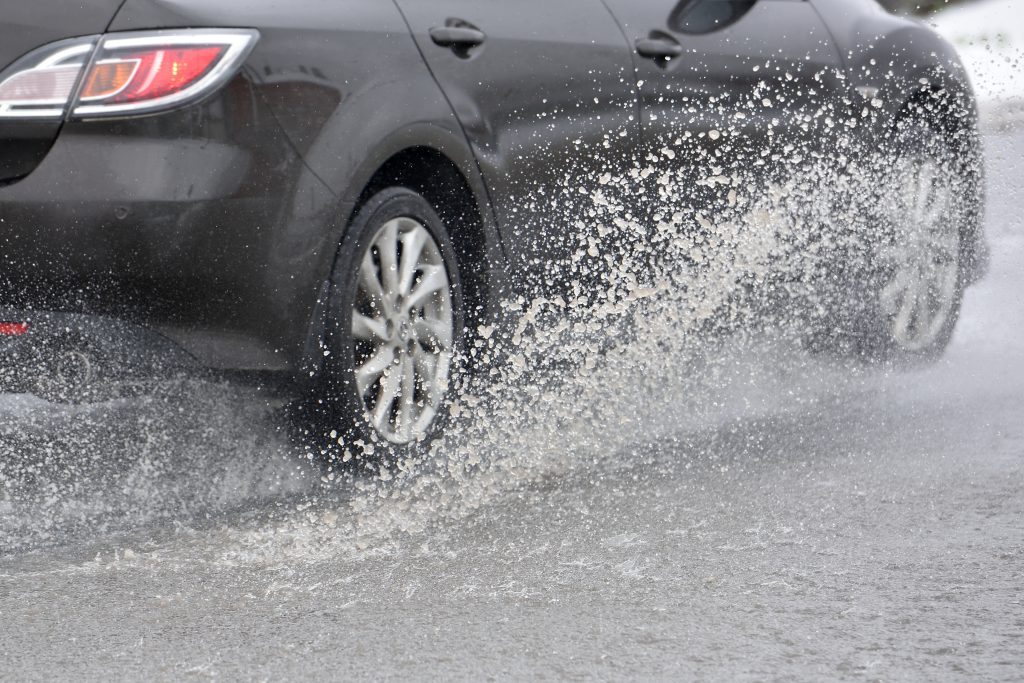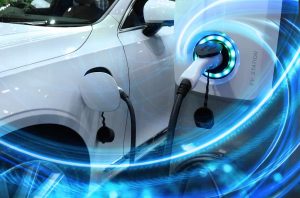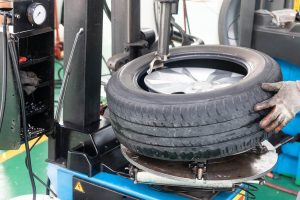First of all, it is important to keep an eye on weather updates and road conditions if you plan a long journey in heavy rain. In some cases, it may be advisable to delay or reschedule your trip.
It’s worth noting that weather patterns can vary depending on the area, and also from year to year, so it’s a good idea to check the local weather forecasts before planning your trip.
For instance, the west coast of Peninsular Malaysia experiences its main rainy season from May to September. During this period, you can expect heavy rainfall and occasional thunderstorms. However, the east coast experiences its primary monsoon season from November to February. This is when you’ll typically see the heaviest rainfall on the east coast.
Some regions in Malaysia have different weather patterns, so it’s a good idea to research the specific region you plan to visit for more accurate information.
1. Maintain a safe following distance: Increase your following distance from the vehicle in front of you. Rain can reduce visibility and increase stopping distances, so having extra space gives you more time to react to sudden stops.
2. Use headlights and windscreen wipers: Turn on your headlights and windscreen wipers. This not only helps you see better but also makes your vehicle more visible to others.
**In this regard, it is also a good idea to use your indicators early. Signal your turns and lane changes well in advance. This gives other drivers more time to react to your movements in reduced visibility.
3. Reduce Speed: Slow down and drive at a speed that is safe for the current conditions. Wet roads reduce traction, and aquaplaning can occur if you’re driving too fast.
4. Avoid puddles and standing water: Try to steer clear of large puddles and standing water on the road. Even relatively shallow water can cause your vehicle to hydroplane or lose control.
5. Stay in the centre lanes: Water tends to pool in the outer lanes of the road. Stay in the centre lanes to reduce the risk of hydroplaning.
6. Demist windows: Keep your windows clear. Use the demist setting on your vehicle’s climate control system to prevent fogging and maintain good visibility.
7. Use hazard lights sparingly: Avoid using hazard lights while driving in the rain. They can be confusing to other drivers and are usually reserved for emergency situations.
8. Watch for aquaplaning: If you feel your vehicle aquaplaning (losing traction due to a water layer between the tyres and the road), stay calm. Don’t brake or accelerate suddenly; instead, ease off the gas and steer in the direction you want to go.
9. Stay focused: Pay full attention to the road. Avoid distractions such as using a mobile phone or adjusting the radio.
10. Pull over if necessary: If the rain becomes too intense or if you feel uncomfortable driving in the conditions, find a safe place to pull over and wait for the rain to subside.
Remember that safety should always be your top priority when driving in heavy rain. It’s better to arrive at your destination a bit later than to risk accidents due to hazardous conditions.
For further advice on car and tyre maintenance and additional information on our services, visit Tayaria.com





